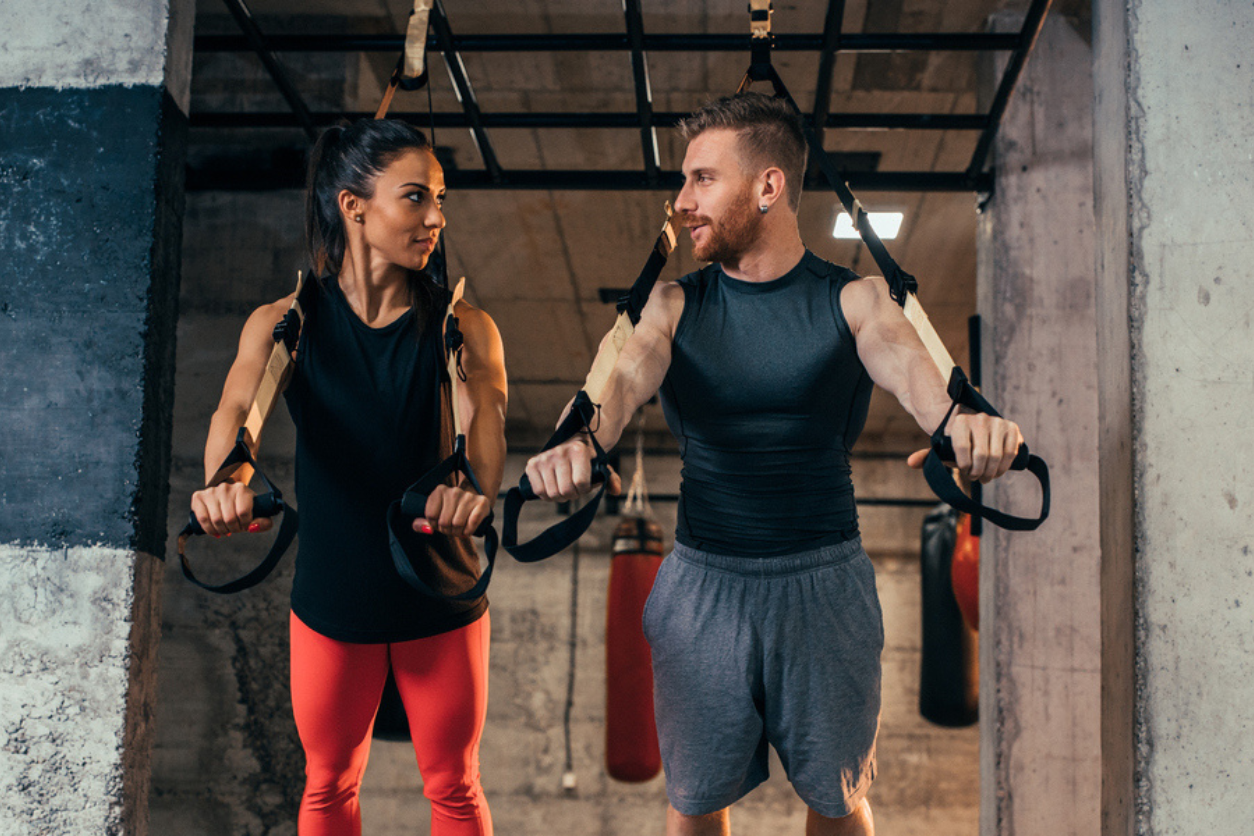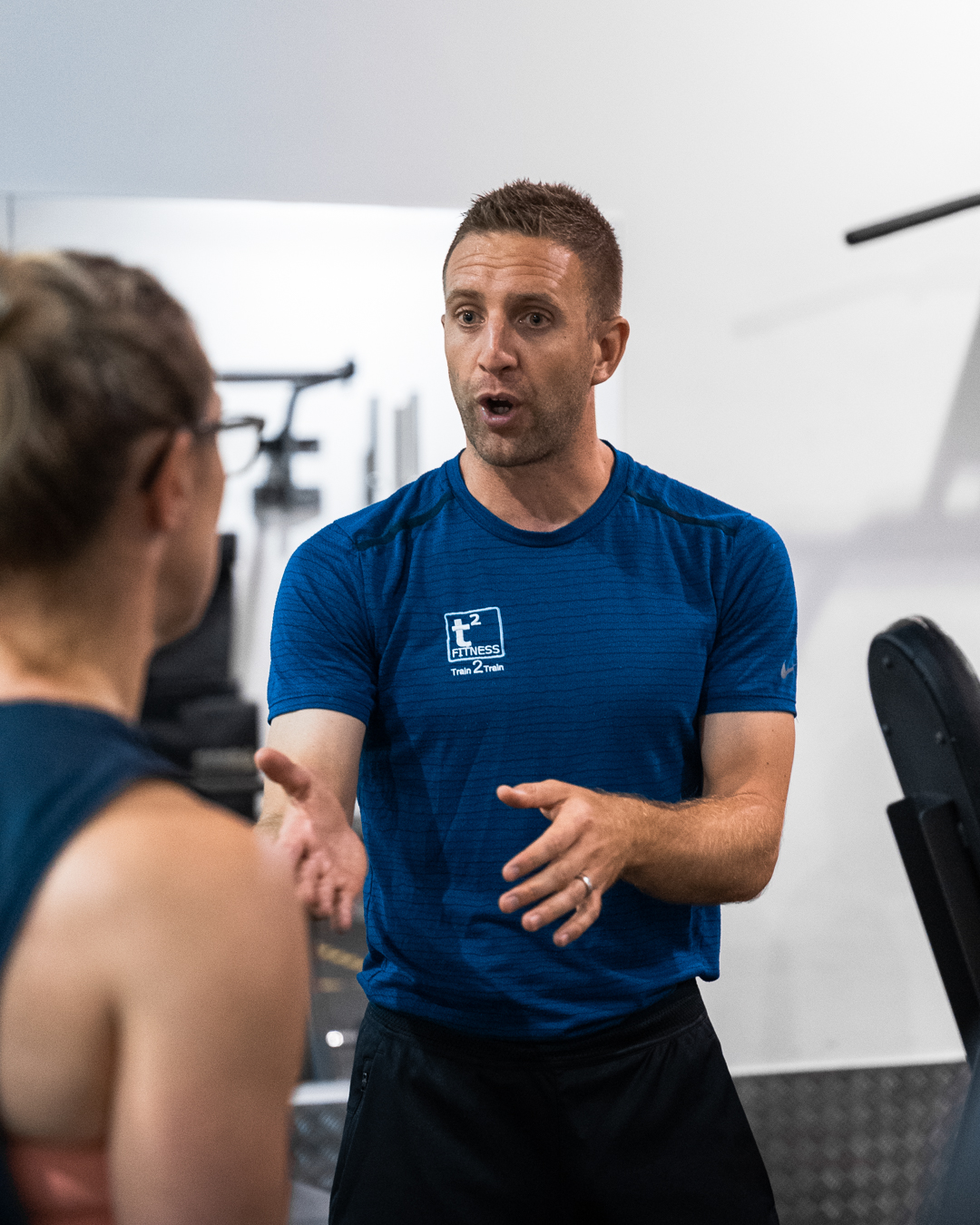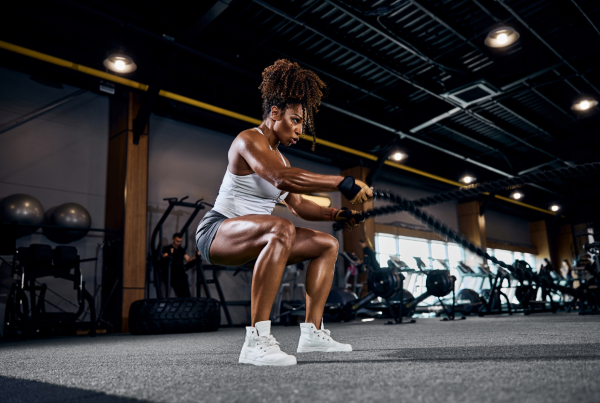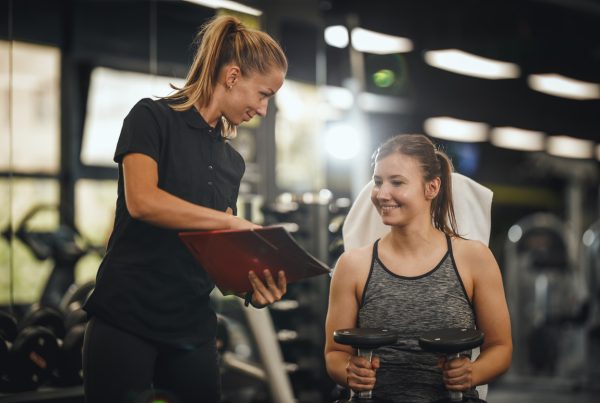Stu Gatherum explores the myths, concepts and advantages of functional training once and for all.
Over the past two decades, I’ve seen functional training go from a term whispered in rehab clinics to a staple phrase on gym floors and in fitness education courses. But with popularity comes confusion. Is it balancing on a balance dome while pressing a kettlebell? Is it CrossFit? Or is it just another buzzword?
What is functional training?
Let me clear things up: functional training is any exercise that improves your ability to perform daily activities with efficiency, strength and control. It’s rooted in training movement patterns – pushing, pulling, squatting, rotating – not just isolated muscles. According to CIMSPA‘s Professional Standards, functional fitness enhances performance in real-world tasks and athletic contexts by focusing on integrated, multiplanar movement and control.
Core principles of functional training
Functional training isn’t about gimmicks. It’s about purpose. Here’s what I prioritise when building functional sessions for clients or athletes:
- Multi-joint, multi-planar movements
- Postural control and stability
- Core engagement across movement
- Transferability to life or sport
It’s not just about lifting heavy; it’s about moving better. For example, training a loaded lunge replicates movements like walking uphill or climbing stairs – skills that deteriorate with age or inactivity. And the foundation of all this? Mobility.
Without joint freedom and muscular control, functional strength has nowhere to go. That’s why I always recommend that personal trainers dive deeper into mobility as part of their coaching toolkit.
Let’s say I’m assessing a new client performing a simple bodyweight squat. Here’s what I look for:
- Knees collapsing inward (valgus collapse)
- Heels lifting off the ground
- Forward torso lean
- Asymmetrical depth or hip shift
- Limited range at the ankles, hips or thoracic spine
These are common signs of biomechanical inefficiencies often caused by restrictions. For example, tight calves or hip flexors, or weaknesses such as poor glute activation or limited core control.
How I correct it
- Cue and reassess
A simple external cue like “spread the floor with your feet” can correct knee valgus. Phrases like “chest proud, ribs down” help engage the trunk and keep the spine aligned. - Regress the movement
If the issue persists, I’ll regress to a box squat, goblet hold or wall-supported version. This reduces load and allows me to cue more effectively without the client feeling overwhelmed. - Mobility and activation work
Limited ankle dorsiflexion? We’ll add banded mobilisations or foam rolling to the calves.
Similarly, if you detect weak glutes then bridges, monster walks and activation drills go in before re-attempting the pattern. - Educate and empower
I always explain the ‘why’ behind the change. When clients understand the mechanics, they become more engaged and invested in moving better. Not just lifting heavier.
Functional vs traditional training: Clearing the confusion
Let’s put this myth to bed: functional training does not mean you should throw out traditional lifts like squats or deadlifts. Quite the opposite – they’re foundational. The difference lies in application and intent.
For example:
- A barbell back squat might build absolute strength.
- A kettlebell goblet squat might improve ankle dorsiflexion and postural alignment.
Both are valuable. The National Strength and Conditioning Association (NSCA) supports this blended model, stating that optimal training programmes should mix traditional strength with functional variability to maximise transfer to sport or activity.
Functional training in different populations
One size does not fit all in functional training. Here’s how I approach it across different client groups.
General population
For most people, functional training will improve energy efficiency and co-ordination. It will build resilience for everyday life activities like lifting groceries and playing with kids.
Older adults
For older people, the focus is much more about balance, body awareness and fall prevention. To achieve this, exercises will be built around reactivity drills like stepping quickly and changing direction to maintain independence.
Athletes
In athletes, it’s all about enhancing performance. Here we’d concentrate on building explosive, sport-specific movements like rotational power for tennis or rugby. Another focus would be on building stability under load and fatigue.
Special populations
Working with clients recovering from injury or managing chronic conditions requires a more nuanced, informed approach. The goal is to rebuild neuromuscular patterns that may have been disrupted, starting with simplified, controlled movements before progressing to more complex actions. I use the mantra “regress before you progress” to guide these sessions, ensuring stability and motor control are in place before increasing the challenge.
Key functional training tools and modalities
Tools don’t make training functional – application does. That said, certain tools lend themselves better to integrated movement:
- TRX and suspension trainers: Ideal for scalable instability and core control
- Kettlebells: Encourage movement flow and dynamic control
- Medicine balls: Great for reactive and power work
- Resistance bands: Low-impact joint prep and postural correction
Programming considerations for fitness professionals
Before prescribing functional exercises, you’ve got to assess movement quality. I use a variety of screens (inspired by FMS and Gray Cook’s methods) to understand:
- Joint mobility
- Postural alignment
- Movement asymmetries
From there, it’s about:
- Progressing movement complexity (e.g., static to dynamic)
- Incorporating load only once control is established
- Blending functional elements into strength, cardio or sport-specific sessions
Evidence-based benefits of functional training
Current research supports a wide range of benefits:
- Balance and co-ordination: Functional training outperforms traditional isolation work in improving proprioception (ACSM, 2022).
- Injury prevention: Strengthening movement patterns reduces the risk of repetitive strain injuries.
- Cognitive health: Especially in older adults, neuromuscular drills enhance cognitive processing and reaction speed.
- Sport performance: Improved ground reaction force, core stability and muscular control (NSCA, 2023).
Common misconceptions and mistakes
Let’s bust a few myths I hear all the time:
- “Functional training means balancing on a wobble board.” That’s circus training, not functional training.
- “You can’t build strength with functional training.” Also false. It depends on how you load and progress the movement.
- “Functional means unstable.” Actually, functional means relevant. If the movement doesn’t apply to your client’s needs, it’s not functional.
Final thoughts: Should functional training be in every programme?
In my opinion yes, every programme should have elements of functional training. That doesn’t mean ditch the barbells or machines, but rather, build programmes that reflect real life and real movement. Functional training adds resilience, co-ordination and purpose. Whether you’re just starting out or advancing into special populations or athlete development, functional training has a role to play. Find out more about Stu, founder of T2 Fitness, and the T2 Fitness CPD and qualification offering.
Listen to the FitPro podcast on functional training.









